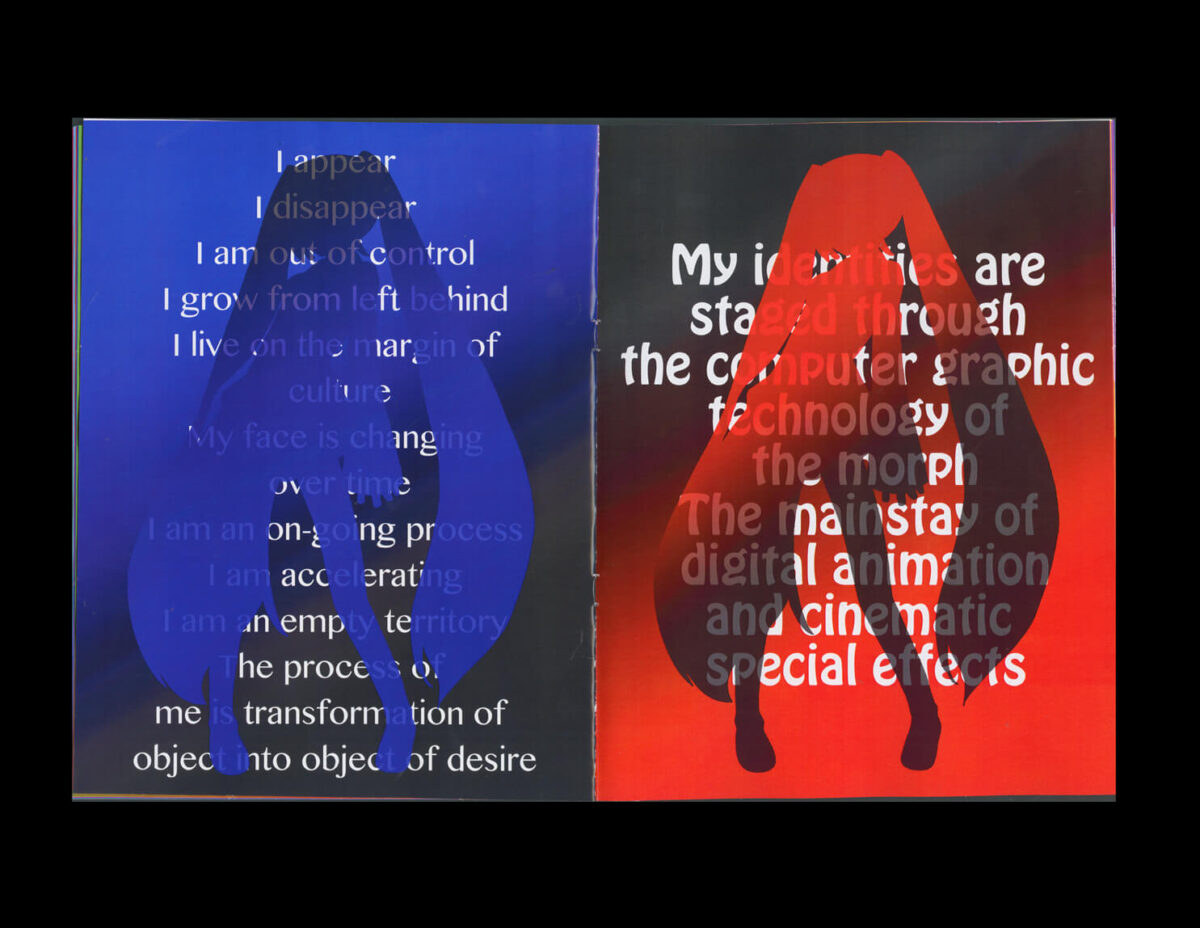Feixue Mei
Assistant Professor
James Madison University
In the digital era, the continuous reshaping and reinterpretation of content have challenged traditional concepts of authorship, identity, and community, presenting new possibilities for communication design. This project explores how dynamic digital platforms enable collaborative artistic practices and engage communities in co-creating evolving representations of identity.
Drawing on Heather Warren-Crow’s theory of “plastic images,” this research examines how artists, designers, and fan communities leverage the adaptability of digital media to create participatory environments. The case study of virtual pop star Hatsune Miku—whose identity is continually redefined by fan contributions—illustrates how digital communities transform media representations, leading to new forms of collective expression that challenge established norms.
This study is especially relevant in today’s digital landscape, where the roles of creator and audience are increasingly blurred. By analyzing how collaborative digital practices disrupt conventional notions of authorship and originality, the project addresses the ethical and theoretical implications of intellectual property and creative ownership in an age where content is perpetually reinterpreted.
Ultimately, this research offers insights into how the adaptability of digital content fosters both individual and collective creativity, influencing communication design and the broader cultural landscape. Attendees will gain a deeper understanding of how collaborative creativity within digital spaces is reshaping communication design and contributing to cultural and social transformations.
This design research is presented at Design Incubation Colloquium 11.2: Annual CAA Conference 2025 (Hybrid) on Friday, February 14, 2025.
